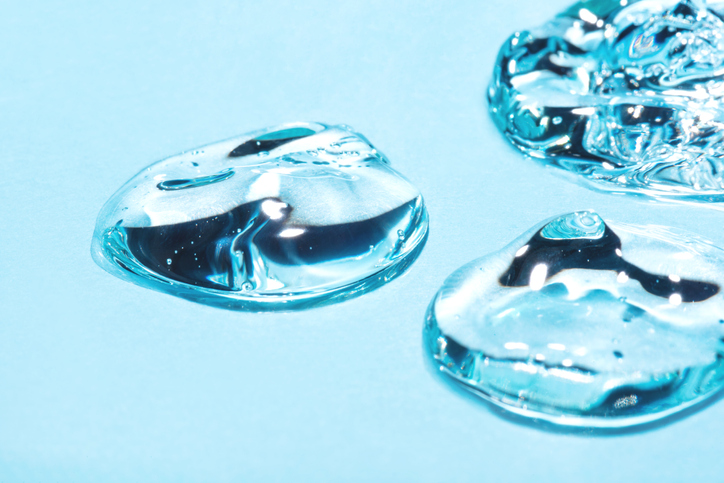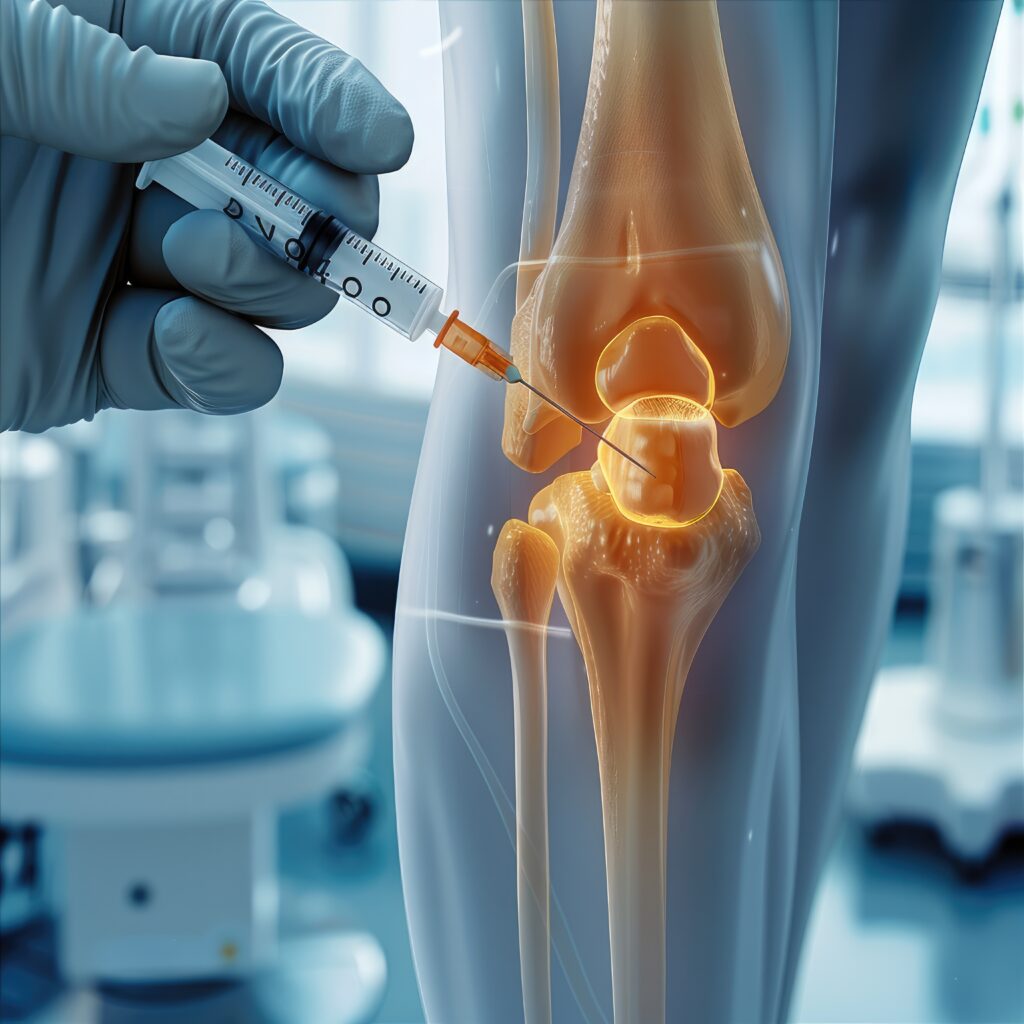Hyaluronic acid (HA) is a naturally occurring, highly linear glycosaminoglycan (polysaccharide) found in a variety of tissues including joint space, vitreous humor, connective tissue and synovial fluid, and across species. The molecule is so prevalent in the human body (the average human contains 15 g of HA) because of the manner in which it interacts with other components in the body, notably as lubricant in the joint space. It is synthesized or sourced from either isolation from tissue or bacterial fermentation. The large size, or molar mass, that is achievable from these synthesis approaches has resulted in an increased use of HA in the biomedical device and pharmaceutical industries.
Why Size Matters
HA is typically of a very high molar mass, well over 1,000,000 g/mol (or 20,000 saccharide units); it is extremely hydrophilic, highly lubricious, undergoes degradation in response to naturally occurring hyaluronidase enzymes, and binds to a variety of biological receptors. Such properties have driven interest in the use of HA for a variety of applications, such as treatment of osteoarthritis knee pain, drug delivery/targeting, and tissue engineering, as well as tissue bulking and cosmetics. In a physiological solution, the HA molecule exists in a twisted and entangled ribbon structure that results from a combination of its repeat unit structure and chemistry and its highly linear nature. Internal hydrogen bonding effects between segments and ionic interactions with the solvent play a role in how this molecule behaves in solution. These properties, in conjunction with the molar mass of HA, have been shown to strongly affect its functional rheological properties, as has been reported by CPG scientists in the past.
How CPG Characterizes Your Hyaluronic Acid
CPG has extensive experience in characterizing hyaluronic acid, and can assist clients with a variety of analytical techniques, including:
- Molecular weight assessment (previously called Molecular Weight) by:
- Conventional gel permeation chromatography
- Triple detection chromatography
- Rheology
- Flow behavior by shear and small amplitude shear rheology
- Coefficient of friction
- Degree of crosslinking
- Surface adhesion/interactions
- Impurities assessment
- Aging behavior
Contact Us
Contact a CPG scientist for a quote tailored to your HA characterization needs.


